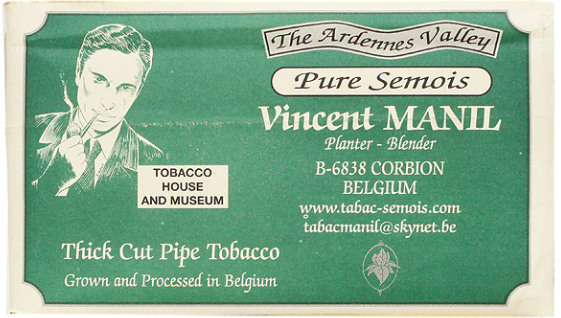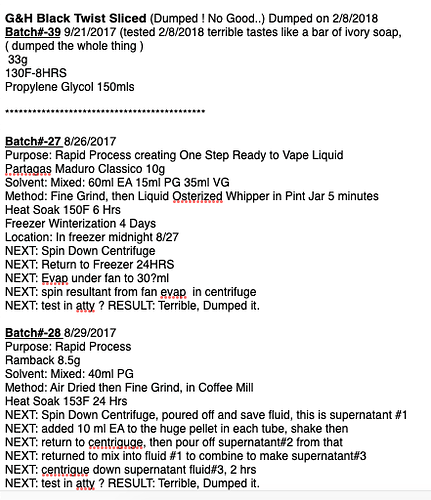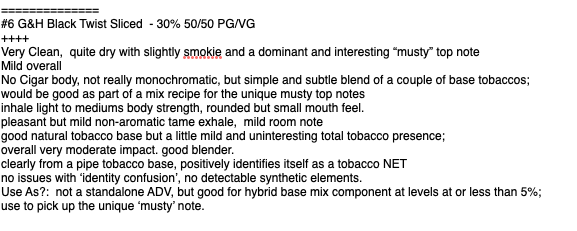OK here is my latest discovery: Tabac Manil

Use Case: If you are looking for a fast extracting minimally processed or pure leaf that will give you a vape that is as close to Cuban Cigar flavor profiles as you can get. Use as an ADV Cigar Vape or will serve you well as a Blender to add Cigar Flavor to various Hybrids.
Pros and Cons: The Pros are that this is a minimally processed pure leaf with, as a bonus, a fascinating historical background. It is a hand made boutique tobacco that is quite rare, so you get bragging rights that your are not extracting vin ordinare ! There are really no cons. This is a fast extracting tobacco, I used a 12hr Ultra-Sonic Bump Start of 28g/150ml PG and got excellent results immediately. I think a 3 to 6 month extended jar time will just make the extract better and better.
Credits: I want to thank @Kinnikinnick for turning me on to this one. He has a way of unearthing really special finds, and this one is at the top of his achievements.
Here is some fascinating information about this amazing boutique tobacco and a great read if you have a few minutes:




 ). Seems like if it’s useful to ultrasonically vibrate these “brews” then my little old arms can’t do much if any damage ?
). Seems like if it’s useful to ultrasonically vibrate these “brews” then my little old arms can’t do much if any damage ?